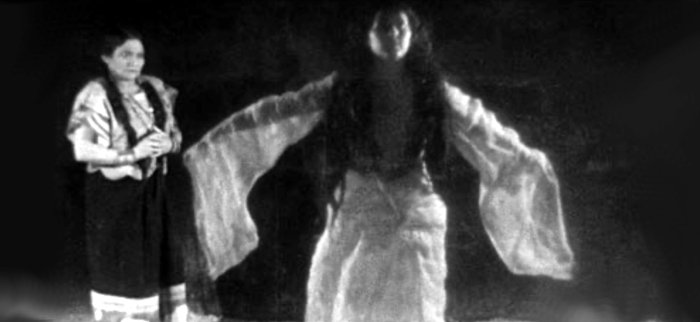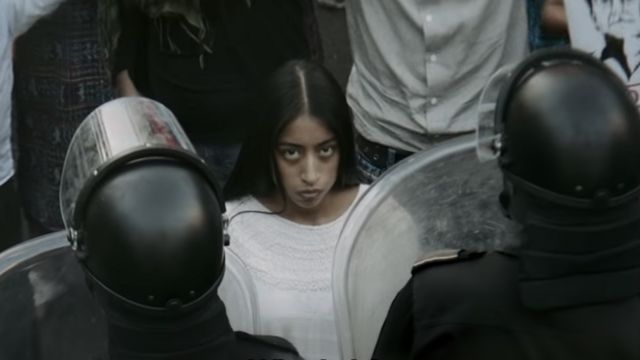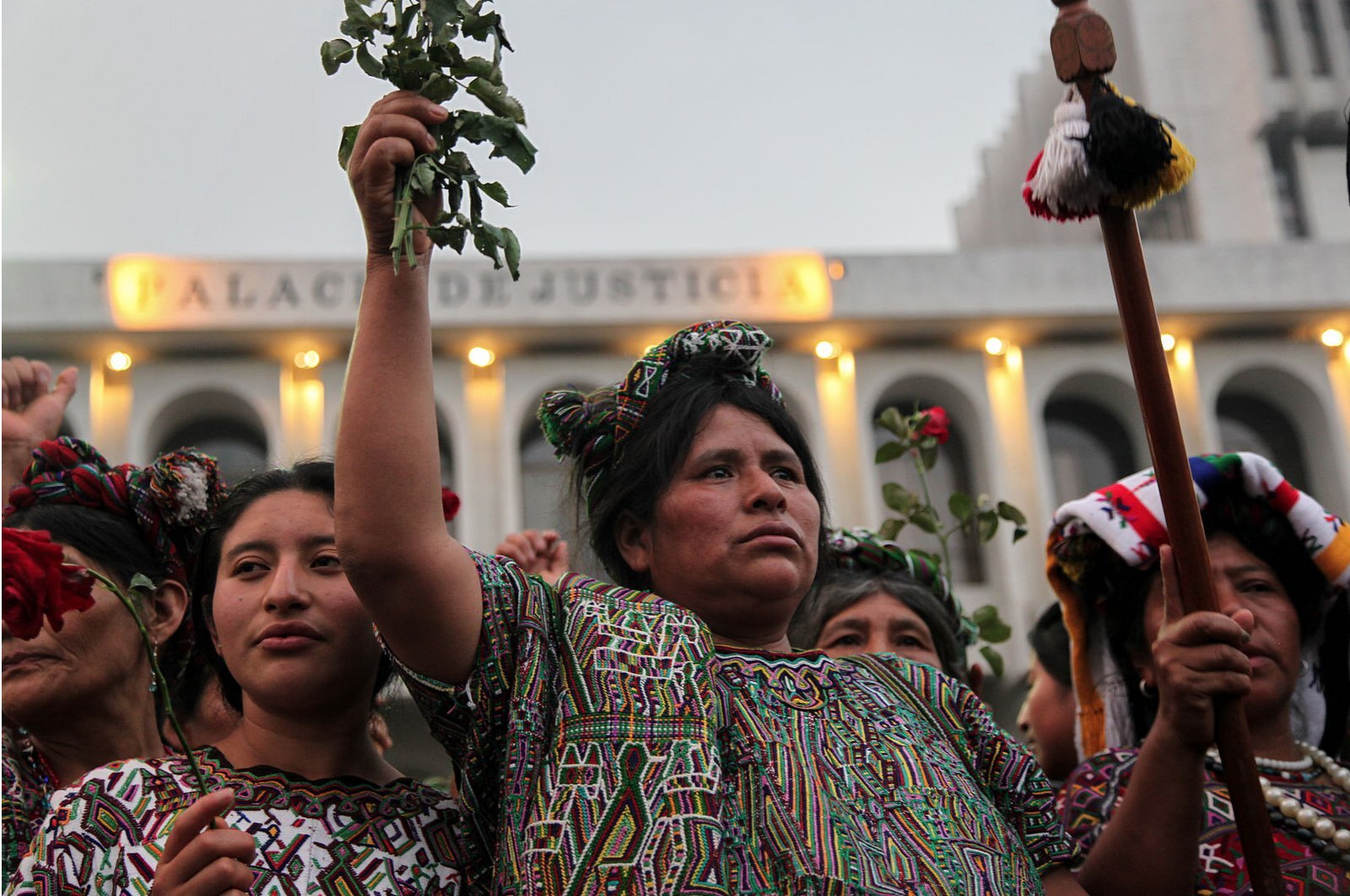La Llorona: A Timeless Feminist Symbol

Published May 27, 2022 Illustration by Phillip LaPalme, Cowritten by Phillip LaPalme & Willow Coyle, Edited by Willow Coyle. All Rights Restricted.
The haunting legend of La Llorona has become perhaps the most famous legend in Latin America today. Everyone and their dog knows the story and despite variations on the tale, it has remained generally the same over the years. Versions of the story have actually been around since Ancient Greece and many cultures the world over have their own versions. “The Woman in White” or the "Weeping Woman" is one of the most repeated types of ghost stories in the world. Since it can be assumed that you, the reader, are already familiar with La Llorona, let us go down a different path with this article and take a more modern look at this staple legend.
Many of the Latin American and Mesoamerican legends told today were either brought over by the Spanish during their arrival to Central America or are a blend of Mesoamerican and Spanish lore — As such many of the stories often feature themes that are in keeping with Roman Catholicism. These tales are often cautionary; they serve to perpetuate cultural norms and warn of the consequences of stepping outside of the bounds of the accepted ways. Through a modern lens and peeling back just the surface, it's clear that there is a strong patriarchal influence on the lore in the Americas and La Llorona is no different. Alexia Tomio-Armorer writes in her research paper The Legend of La Llorona: Historical, Cultural and Feminist Significance, ”Despite the various interpretations of La Llorona, they all speak of the consequences for a woman who strays from her proper role as wife, mother, or lover, failing to comply with the ideals of femininity and marianismo (an aspect of the female gender role in Hispanic American folk cultures), in Mexican culture”.

In an interview with NPR, Theresa Delgadillo, a professor of English and Chican/a and Latin/a studies at Ohio State University had this to say, “In the 1980s and 1990s there was a concerted effort in creative and expressive work to take on, to negotiate, to revision Chicana and Mexicana culture — really questioning the idea of Familismo. Familismo is the belief that the political and social movement was held together by family relationship — patriarchal family relationship with men as the held of the household and that was something that Chicana feminists became increasingly critical of in their work”. Delgadillo goes on to say that, “It (The Legend of La Llorona), reinforces the idea that women without men are dangerous — That women without men may not be good for children…”.
Different interpretations of the legend show us that La Llorona can be seen as either a feminist story or one that further perpetuates male dominance in a patriarchal society. In an article by a Loyola Marymount University student, referred to only as "Tyre" on the Chicana/o Gothic student page, we gain some more insight: “…some scholars, such as Stephanie Serrano maintain the position that Llorona depicts a powerful, rebellious, feminist character. Llorona is independent, aggressive, and powerfully dominates the men she encounters. However true this may seem, others view Llorona as a paradigm for patriarchy and a society focused upon materialism and societal status. As Llorona’s male partner was described as being of higher social rank, some believe the tale supports the myth that women are intrinsically either good or evil”.
There are many roles this legend has taken on from cautionary tale to Boogeyman urban-legend all the way to illustrating patriarchal and feminist themes in society —In the aforementioned NPR interview, Delgadillo even likens the character of "The Bride" in Tarantino's classic feminine revenge saga Kill Bill to La Llorona — She mourns her child she believes to be dead and feels that she may be responsible. She also “haunts” many of the characters in the films (Be sure to check out that interview).

Photo still of the film La Llorona by Jairo Bustamante.
La Llorona was even used as a tool to expose racial and social injustice as well as recent-day genocidal atrocities in Guatemala in the 2019 film La Llorona. Co-written, co-produced and directed by Guatemalan Jayro Bustamante. Bustamante courageously chose to highlight the genocidal massacre and subsequent land theft of the Mayan people in the late 1970s and early 80s during a bloody Civil War. Graeme Strachan's film review states, "In drawing on the cautionary monster story, he ties his country’s own complicity during the tragic 1970s 1981 massacre of Maya farmers in the El Estor village of La Llorona during the Silent Holocaust." This was a holocaust that left many widows in its wake. In some of the 600+ governmentally-ordered massacres that occurred in the 36-year Civil War against "The Protectors of the Poor", Guatemalan soldiers & private death squads would often first grab the babies of the Mayan villagers and throw them down wells, until continuing their attacks on the men, children and ultimately raping, beating and sometimes killing the women. This enduring horror was something that thousands of women experienced and has left a significant mark on their societies. Some villages were left entirely without men or even children, leaving the women to survive and run the villages on their own.
This famous legend, like poetry, means something a little bit different to everyone and serves as an aid in understanding the social issues of any time period to which we apply it. There is so much more that could be said about La Llorona, its historical origins and how the story is told through different cultures, but hopefully this little tidbit brings a new understanding to an ancient tale.
Do you have any insight on the deeper meanings of La Llorona? Or, perhaps a tale of a “Woman in White’? Feel free to share with us here at Weird Wanderings!
References:
https://journal.lib.uoguelph.ca/index.php/footnotes/article/download/5938/5867/30278
https://www.npr.org/2015/10/30/453213082/la-llorona-as-feminist-icon
https://citedatthecrossroads.net/chst332/2014/04/17/33-la-llorona-critical-analysis/
https://www.imdb.com/title/tt10767168/
https://www.ghrc-usa.org/our-work/important-cases/dos-erres-massacre/
https://hmh.org/library/research/genocide-in-guatemala-guide/
http://raulfigueroasarti.blogspot.com/2012/09/masacre-en-la-aldea-la-llorona-el-estor.html

